I'm trying to split a table into multiple tables based on the value of a given column using Talend Open Studio. Let's say this column can contain any of the integer values of 1, 2, 3, etc. then according to this value, these rows should go to table_1, table_2, table_3 etc.
It would be best if I could solve this when the number of different values in that column is not known in advance, but for now we can assume that all these output tables exists already. The bottom line is that the number of different values and therefore the number of different tables are high enough that setting up the individual filters manually is not an option.
Is this possible to solve this using Talend Open Studio or any similiary open source ETL tools like Pentaho Keetle?
Of course, I could just write a simple script myself, but I would prefer to use a proper ETL tool since the complete ETL process is quite complex.
